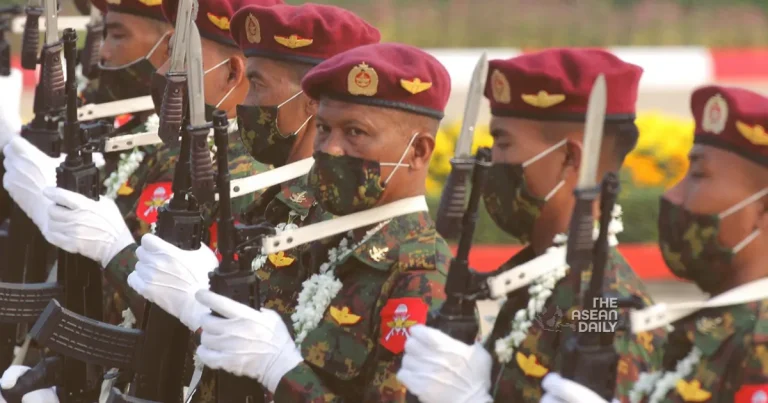27-12-2023 (BANGKOK) In the heady days of the late 1990s, Southeast Asia was reveling in a sense of optimism and finality. The region appeared to have reached its “end of history” moment, throwing off the shackles of colonialism and Cold War-era conflict to emerge as a stable community of nations.
By 1999, Timor-Leste’s independence referendum ended the last vestiges of European imperialism in the region. Communist states like Vietnam and Laos had been internationally rehabilitated. Authoritarian rulers like Suharto in Indonesia and Ne Win in Myanmar were gone. And belated justice was coming for the horrors of the Khmer Rouge regime in Cambodia. When the last holdout Khmer Rouge leaders surrendered that year, it seemed Southeast Asia had finally relegated its violent past to history.
Today, however, the region finds itself trapped by that very history it thought it had escaped. Myanmar’s military coup in February 2021 shattered any illusions that Southeast Asia’s nation-building struggles were over. In fact, Myanmar remains mired in the early 20th century, having failed to ever properly resolve fundamental questions of self-determination and civil strife that arose after independence from Britain in 1948.
Unlike its neighbors, Myanmar never had the space to determine its post-colonial political structure. Successive military regimes froze ethnic tensions in time, perpetuating internal divisions reminiscent of colonial rule. The central Bamar ethnocracy continued to impose its will on Myanmar’s diverse borderlands. And the unfinished anti-colonial struggle festered, periodically erupting into unrest.
The 2021 coup appears to be the breaking point that will finally force Myanmar to confront its historical demons. The pro-democracy opposition seeks true federalism for the country’s minorities and dissolution of the army – a revolutionary dismantling of the colonial-era state. The generals cling to centralized authority vested in the military. Myanmar’s future likely hinges on which vision prevails.
But Myanmar’s unresolved past is not only its own. By allowing Myanmar into ASEAN in 1997, the region effectively took shared responsibility for the country’s simmering conflicts. Yet ASEAN seems unwilling to accept this, insisting Myanmar simply revert to the pre-coup status quo. This nostalgia for an uneasy past offers no sustainable solution.
Southeast Asia understandably craved the stability of the post-Cold War 1990s after decades of upheaval. But this period was merely an interlude, not an endpoint. Unresolved tensions, in Myanmar and elsewhere, remained baked into the region’s politics. Now, with global uncertainty rising, ASEAN’s uncritical nostalgia is proving untenable.
Reality is catching up with Southeast Asia. The neat end-of-history narrative was always an illusion, relying on authoritarian controls since weakened. ASEAN must grapple with assisting true reconciliation within Myanmar, even if it means countenancing the overhaul of a member state.
Beyond Myanmar, accepting that the colonial legacy remains unresolved, and that nostalgia cannot dismiss present challenges, will be difficult but necessary pill for ASEAN. The region’s violent past will not just disappear on its own. By facing up to its unfinished business, Southeast Asia may yet build an enduring community not haunted by history. But this requires looking forward, not just backward, in a clear-eyed assessment of lingering obstacles to stability and prosperity across the region.




